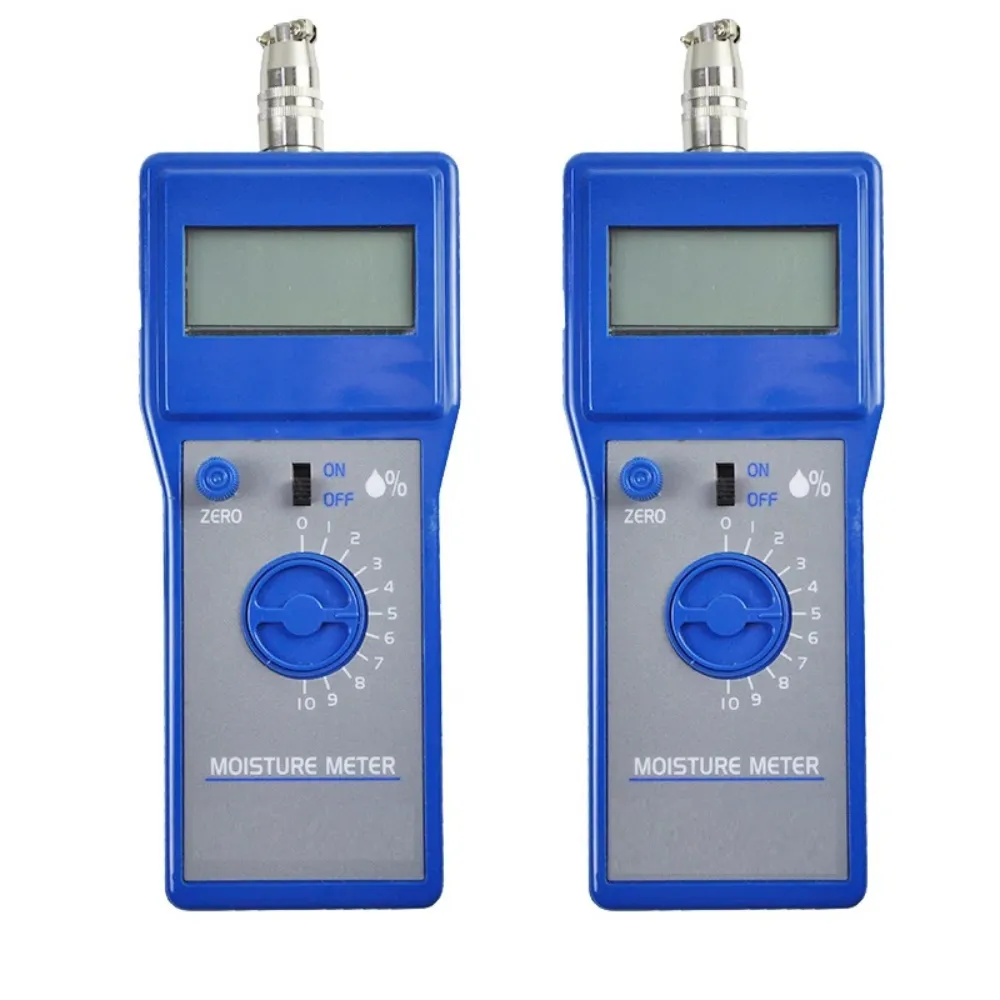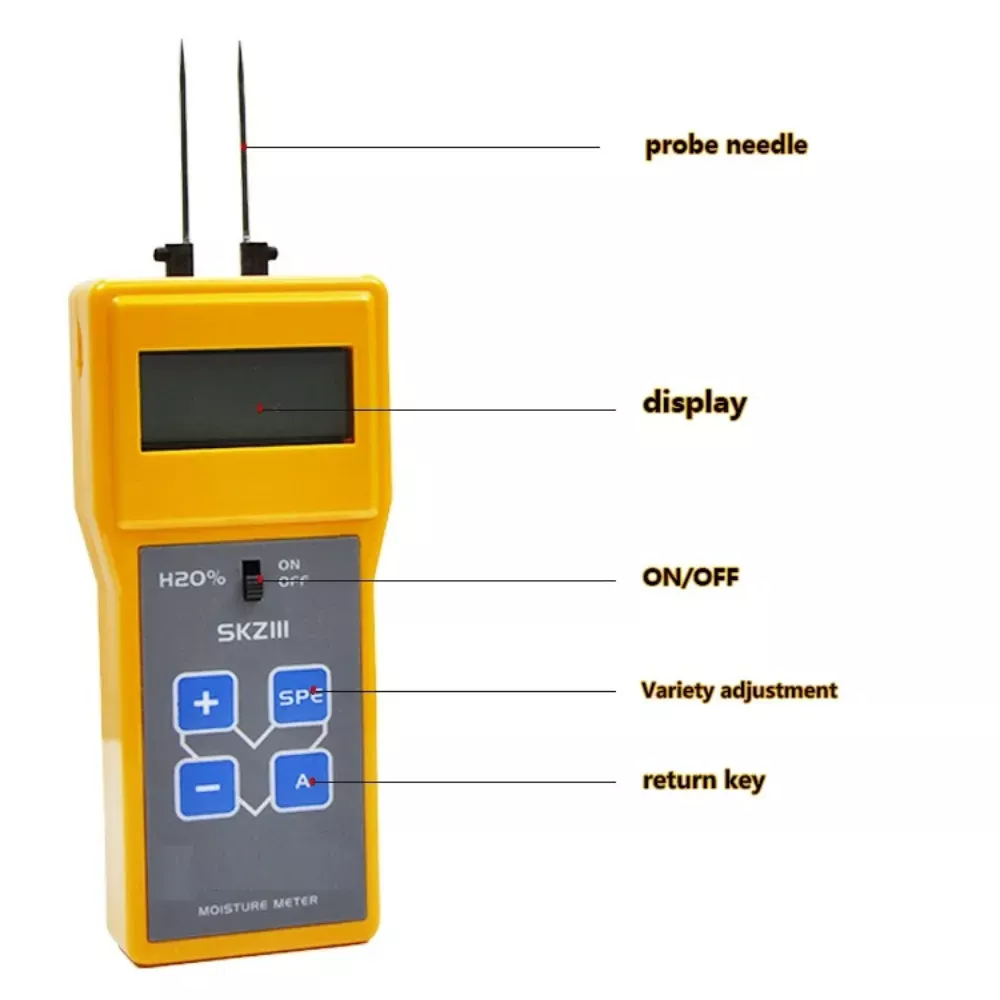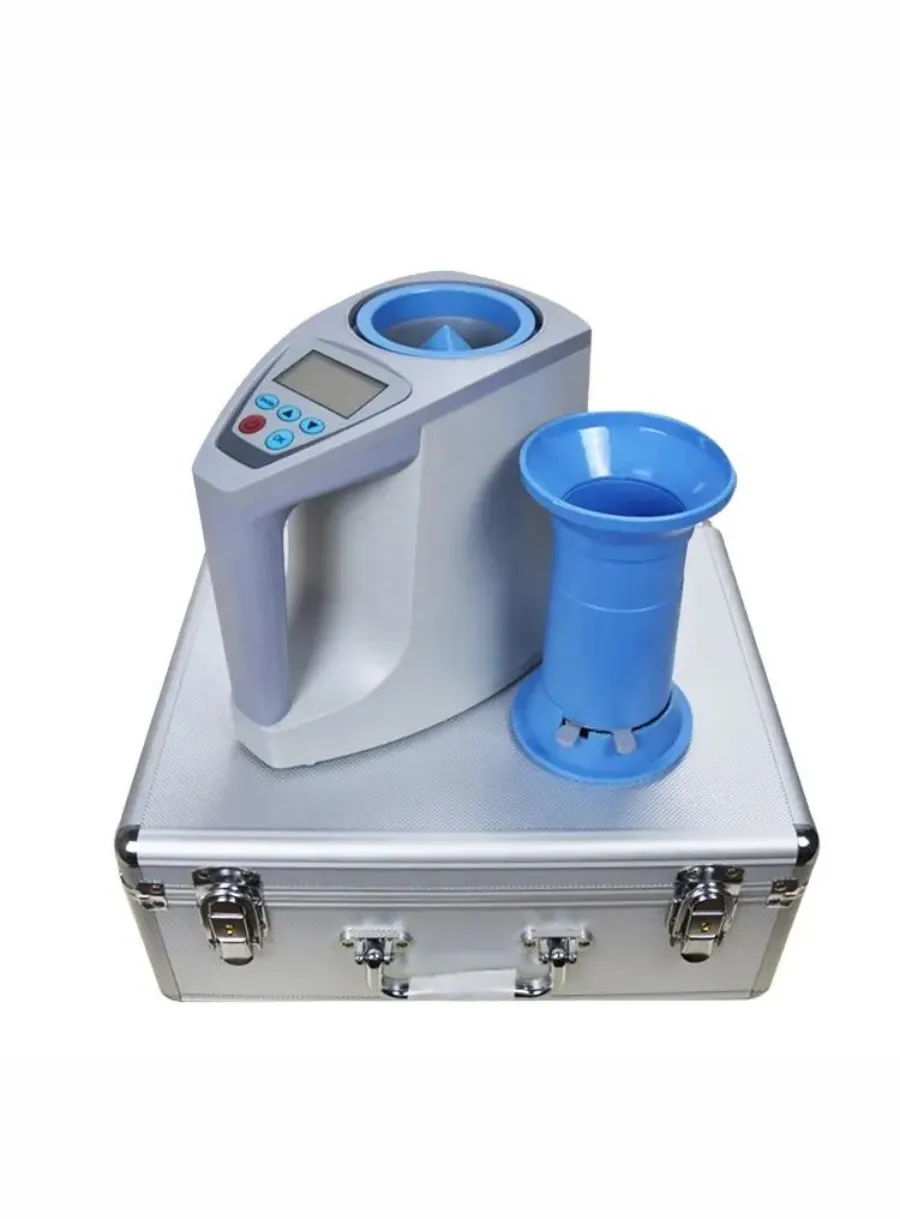
How to Interpret Textile Moisture Meter Readings Accurately
Table of Contents
Firstly, it is important to understand the principle behind textile moisture meters. These devices work by measuring the electrical resistance of a fabric sample. When a fabric is wet, its electrical resistance is lower than when it is dry. By measuring the electrical resistance, the moisture meter can determine the moisture content in the fabric.
To interpret the readings accurately, it is crucial to follow the manufacturer’s instructions and guidelines. Each moisture meter may have different calibration procedures and specifications. It is essential to familiarize yourself with these details before using the device.
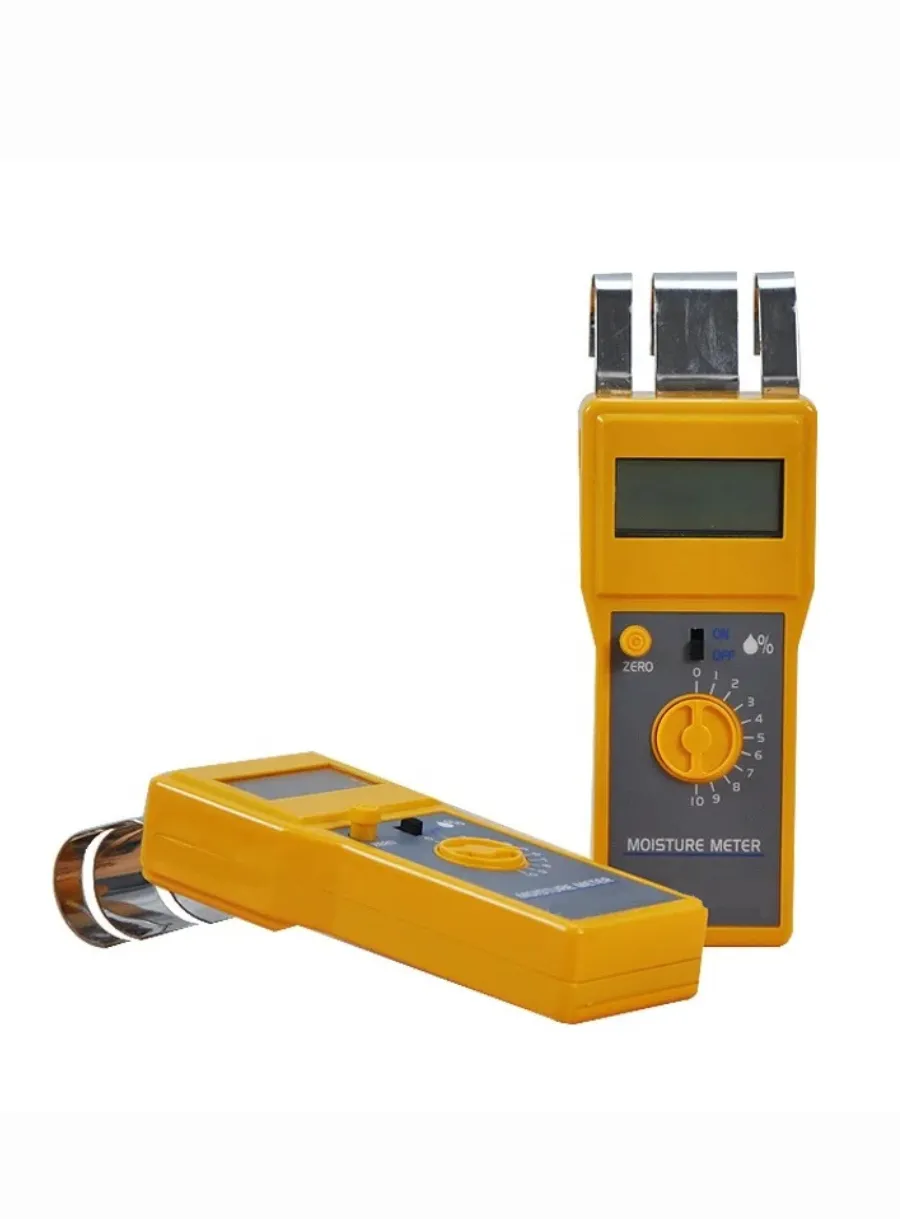
When using a textile moisture meter, it is important to ensure that the fabric sample is clean and free from any dirt or debris. Dirt and debris can interfere with the accuracy of the reading. Additionally, the fabric should be dry before taking a reading, as any residual moisture can affect the results.
Applying Consistent Pressure for Accurate Moisture Measurement
When taking a reading, it is important to apply even pressure to the fabric sample. Uneven pressure can lead to inaccurate readings. It is also essential to take multiple readings from different areas of the fabric to ensure consistency.
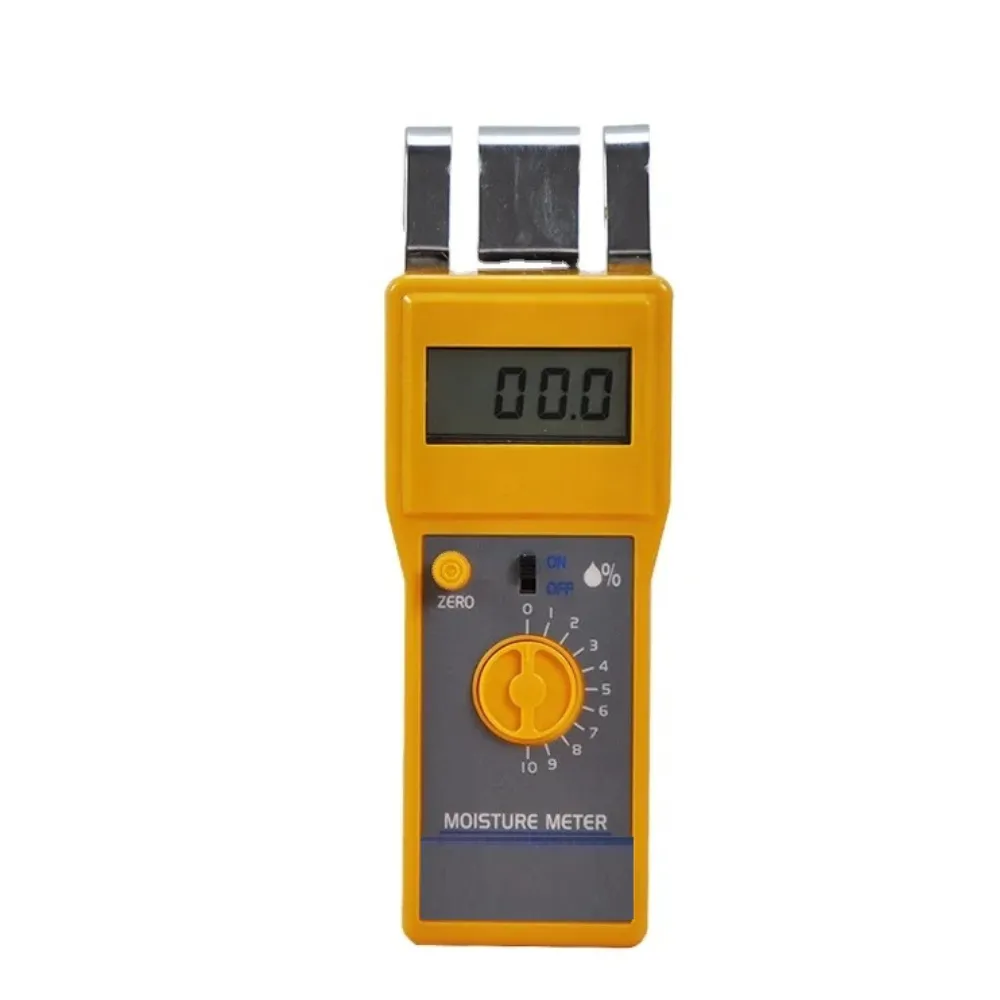
Understanding Moisture Content Readings and Fabric Variations
Once you have taken the readings, it is important to understand what the numbers mean. The moisture content of a fabric is typically expressed as a percentage. For example, a reading of 10% means that the fabric contains 10% moisture. However, it is important to note that different fabrics may have different moisture content levels. For example, cotton may have a higher moisture content than synthetic fabrics.
Considering Environmental Factors for Accurate Interpretation
It is also important to consider the environmental factors that may affect the accuracy of the readings. For example, temperature and humidity can impact the moisture content of a fabric. Therefore, it is essential to take these factors into account when interpreting the readings.
Conclusion: Mastering Textile Moisture Meter Readings for Quality Control
In conclusion, interpreting textile moisture meter readings accurately requires a thorough understanding of the device’s principles and proper usage. By following the manufacturer’s instructions, ensuring clean and dry fabric samples, applying even pressure, and considering environmental factors, you can accurately interpret textile moisture meter readings and ensure the quality and consistency of your textile products.
Comments
Tags
Frequently Asked Question
They measure the electrical resistance of a fabric sample, which changes based on moisture content. Lower resistance indicates higher moisture.
Follow manufacturer instructions, use clean and dry samples, apply even pressure, and take multiple readings from different areas.
Moisture content is expressed as a percentage, but remember that different fabrics have different natural moisture levels.
Temperature and humidity can influence moisture content, so consider these factors when interpreting results.

